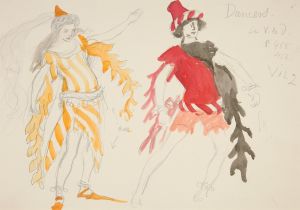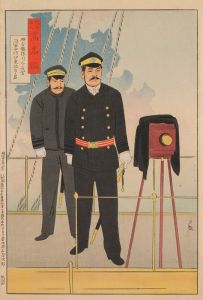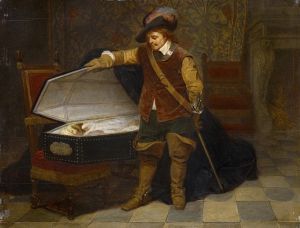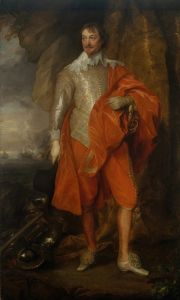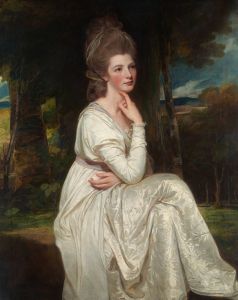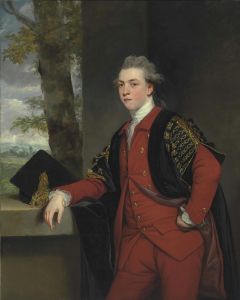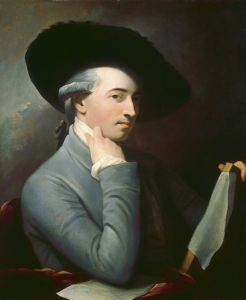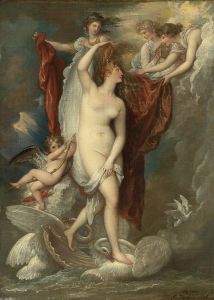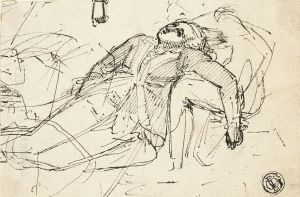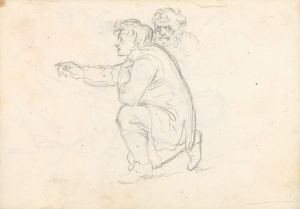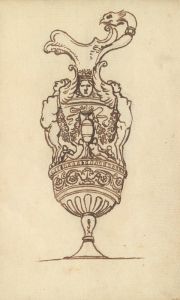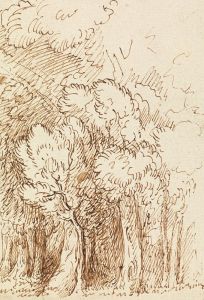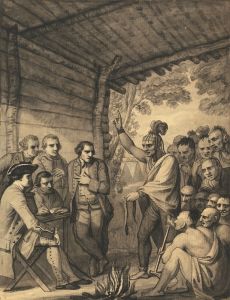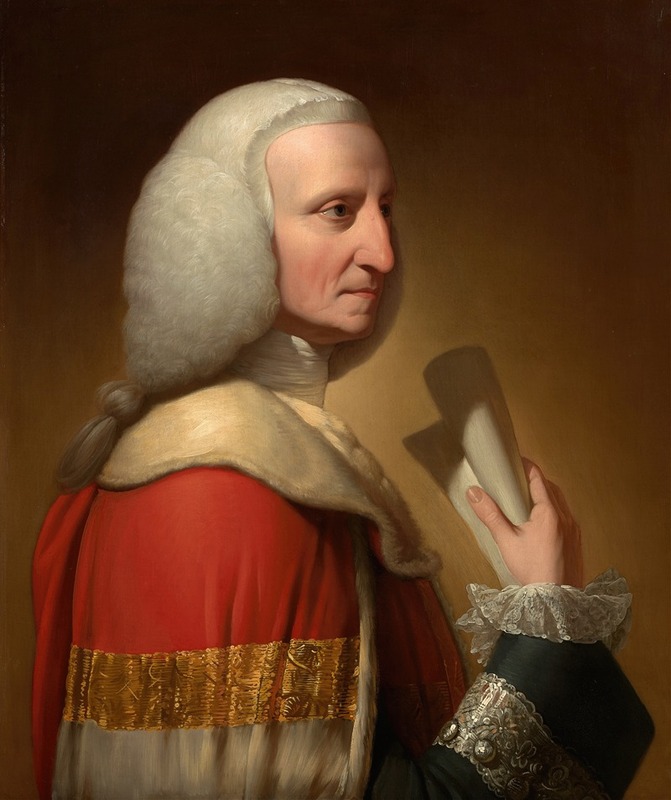
Portrait Of George, First Lord Lyttelton
A hand-painted replica of Benjamin West’s masterpiece Portrait Of George, First Lord Lyttelton, meticulously crafted by professional artists to capture the true essence of the original. Each piece is created with museum-quality canvas and rare mineral pigments, carefully painted by experienced artists with delicate brushstrokes and rich, layered colors to perfectly recreate the texture of the original artwork. Unlike machine-printed reproductions, this hand-painted version brings the painting to life, infused with the artist’s emotions and skill in every stroke. Whether for personal collection or home decoration, it instantly elevates the artistic atmosphere of any space.
Benjamin West's "Portrait of George, First Lord Lyttelton" is a significant work by the renowned Anglo-American artist, Benjamin West. West, born in 1738 in Pennsylvania, was a prominent figure in the art world during the 18th century and became the second president of the Royal Academy in London. His works are known for their historical and neoclassical themes, and he played a crucial role in the development of American art.
The subject of this portrait, George Lyttelton, 1st Baron Lyttelton (1709–1773), was an influential British statesman and patron of the arts. Lyttelton was a prominent figure in British politics, serving as Chancellor of the Exchequer and holding various other governmental positions. He was also a writer and poet, contributing to the literary culture of his time. His support for the arts and literature made him a notable figure in the cultural landscape of 18th-century Britain.
The portrait by West captures Lord Lyttelton in a dignified pose, reflecting his status and character. West's style in this painting is typical of his portraiture work, which often combined realism with a sense of grandeur. The use of light and shadow in the painting highlights Lyttelton's features and attire, emphasizing his noble status. West's attention to detail and his ability to convey the personality and stature of his subjects are evident in this work.
This portrait is an example of West's ability to blend American and European artistic influences. Having moved to England in 1763, West became a central figure in the British art scene, and his work often reflected the neoclassical style that was popular in Europe at the time. His portraits were highly sought after by the British aristocracy, and he became known for his ability to capture the essence of his subjects with both accuracy and artistic flair.
The painting of George, First Lord Lyttelton, is not only a representation of an individual but also a reflection of the cultural and political milieu of 18th-century Britain. It serves as a historical document, providing insight into the fashion, aesthetics, and social hierarchies of the period. West's work, including this portrait, contributed to the shaping of British art and influenced future generations of artists.
While the specific details of the commission and the current location of the portrait are not widely documented, it remains an important piece in understanding the legacy of both Benjamin West and George Lyttelton. The portrait exemplifies West's skill in portraiture and his ability to capture the spirit of his time through his art.





